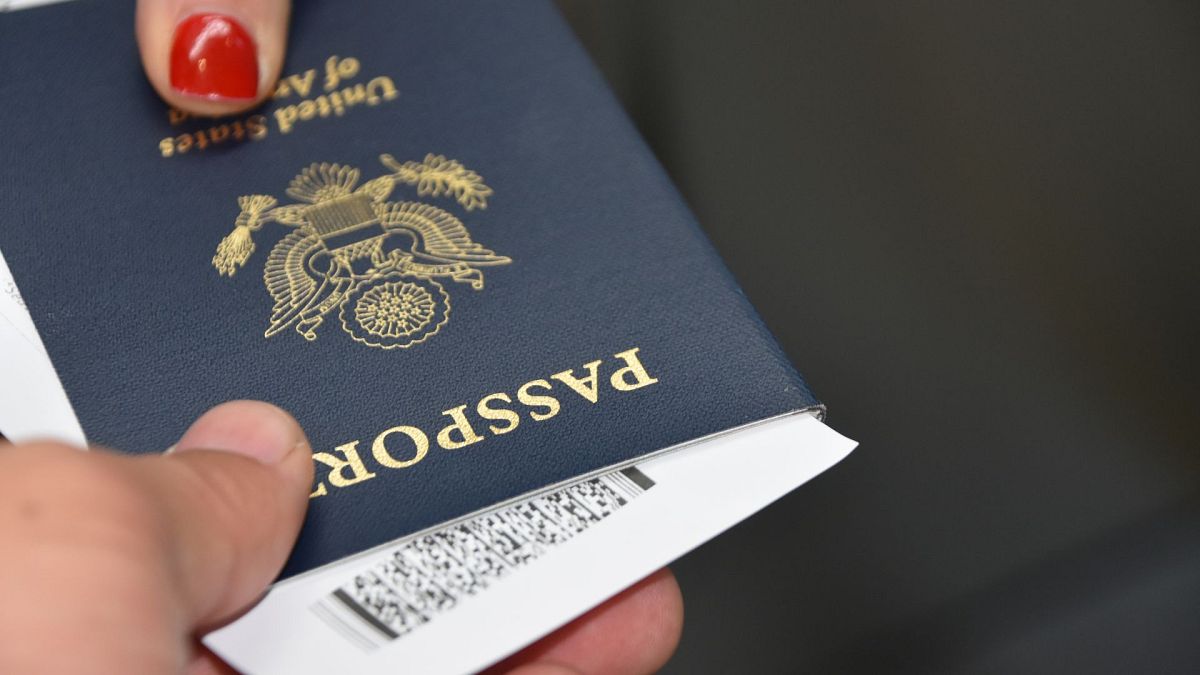ADVERTISEMENT
As the October launch of the six-month rollout of the EU’s entry-exit system (EES) approaches, a number of myths and misconceptions about what it really means for travellers have surfaced. While some claim that non-EU travellers will need to prove their travel insurance, others believe that the EES is being implemented as punishment for Brexit.
But how much of the speculation is trueand which claims are myths? We took a look at some of the most common misconceptions.
Myth: British travellers will need to prove their medical insurance
Recently, Nigel Farage, leader of the Reform UK party, claimed that UK travellers would need to prove that they have travel insurance.
Many UK travellers currently rely on the Global Health Insurance Card (GHIC), which is provided by the NHS for free. Though it doesn’t replace travel insurance, it allows access to medically necessary treatment in EU countries and Switzerland at either the same cost as residents or for free.
The suggestion that travel insurance could become mandatory when the EES is introduced has sparked concerns, especially among older travellers and those with pre-existing conditions, as policies for these groups can be prohibitively expensive.
The European Commission has since confirmed to UK newspaper The Independent that no proof of travel insurance would be required. The EES does not change entry requirements for British travellers to the EU and wider Schengen area, but they will still have to adhere to post-Brexit rules.
These include justifying the purpose of their travel, showing that they have enough funds for the duration of their trip and proof of booked accommodation. They may also need to show evidence of a round-trip ticket back to the UK or of onward travel to a country where they are certain to be allowed entry.
Myth: British travellers will need to apply for a new visa when the EES system is implemented
Non-EU travellers, who are from visa-exempt countries like the UK, still won’t need to apply for a visa for short stays when the EES system is introduced. Short stays are classified as up to 90 days within a 180-day period.
This is because the EES will only register entry and exit data electronically at EU borders, for non-EU citizens travelling to the Schengen Area. It is designed to digitally register entry and exit data to identify people who overstay their visa, improve border security and replace the manual passport stamping process. It doesn’t change visa policies or mean one will be required where it was not previously needed.
It is easy to confuse with the European Travel Information and Authorisation System or ETIAS, which will be introduced from late 2026 onwards. This will be required for visa-exempt travellers entering the Schengen Area, including British nationals, but it isn’t a visa. It is a visa waiver system similar to the US ESTA, and the online system is intended to be a quick, online pre-travel authorisation process.
Myth: The EES is retribution for Brexit
Some British travellers have expressed concerns that the new EES system is being implemented mainly as retribution towards the UK for Brexit.
However, the EES is an EU-wide effort to streamline and automate border control for all non-EU visitors, not just UK citizens. This is mainly to ensure that the current Schengen travel rules, such as the 90-day short stay limit, are being followed properly.
In fact, the EES was being planned well before Brexit took place, with the UK also taking part in this planning while still a member of the EU.
The UK also introduced its own border control system, the Electronic Travel Authorisation (ETA), from April 2025. This is a digital travel permission, linked to your passport, not a visa or guarantee of entry.
Visitors of countries who don’t currently require a visa for short-stays, including transit and tourism, need an ETA, as well as citizens of countries which require an ETA before travelling. Depending on their nationality, travellers transiting through the UK will also usually need an ETA, especially if they are passing through border control.
With an ETA, travellers can make multiple trips to the UK for up to six months within a two-year period, or until their passports expire, whichever happens first.
It requires travellers from visa-exempt countries, including EU citizens, to apply for pre-travel approval before entering the UK.
Myth: The EES applies to everyone, EU citizens included
The EES system will only apply to non-EU citizens, both from visa-exempt countries, as well as from third-party countries, who are travelling for short stays to or from the Schengen Area.
EU citizens, as well as those with long-term visas and residence permits from a country in the Schengen Area, will not be affected by the EES system, according to the European Union.
Non-EU nationals who are travelling to Europe for studies, research, training, pupil exchange schemes, voluntary service, au-pairing or educational projects will not be impacted by the EES as well.
Similarly, people who have obtained certain border check privileges, as well as people exempt from border checks, such as cross-border workers and heads of state, will not have to go through the EES system, among other exempt categories.
Myth: The EES will mean extra border fees
The EES itself does not require any additional fees to be paid at the border.
When the ETIAS is introduced from 2026 onwards, travellers from non-EU countries will have to pay a fee of around €20 per person for travel authorisation. This approval will stay valid for 3 years, or until your passport expires.
Travellers under the age of 18 and over the age of 70 are exempt from this payment, as are family members of EU citizens or of non-EU nationals who have the right to move freely throughout the EU.
The ETIAS fee was recently raised from €7 to €20 and is still under review, due to concerns that it may disproportionately increase costs for travellers, especially families.
Myth: Border crossings will become more complicated with the EES
Some travellers and experts have expressed concerns that the EES system may make border crossings at busy European airports even longer and more chaotic than they are now.
While some initial delays may be experienced as travellers and border staff get used to the new system, in the long run, the EES is intended to make border control much smoother and more efficient.
This will mainly be achieved by replacing manual passport stamps, as well as automating biometric systems like facial recognition and fingerprint collections. The EU is exploring the implementation of pre-registration systems and self-service kiosks at some borders to help speed up the processing of travellers and reduce waiting times.
Myth: The EES will record and store all personal information
As instances of data privacy and security breaches grow, there have also been concerns about the EES potentially storing all personal information about travellers from non-EU countries.
The EES system will only record travel and biometric-specific information about visitors, such as facial scans, fingerprints, entry/exit dates and passport details. It will not track other personal information and details, such as activities and daily movements within the EU. The data it collects will be governed by strict EU data protection regulations with clear limits on access, how long it can be held for and its use.
Its purpose is to ensure that travellers are meeting the 90-day rule for short stays and are not overstaying within the Schengen Area.












